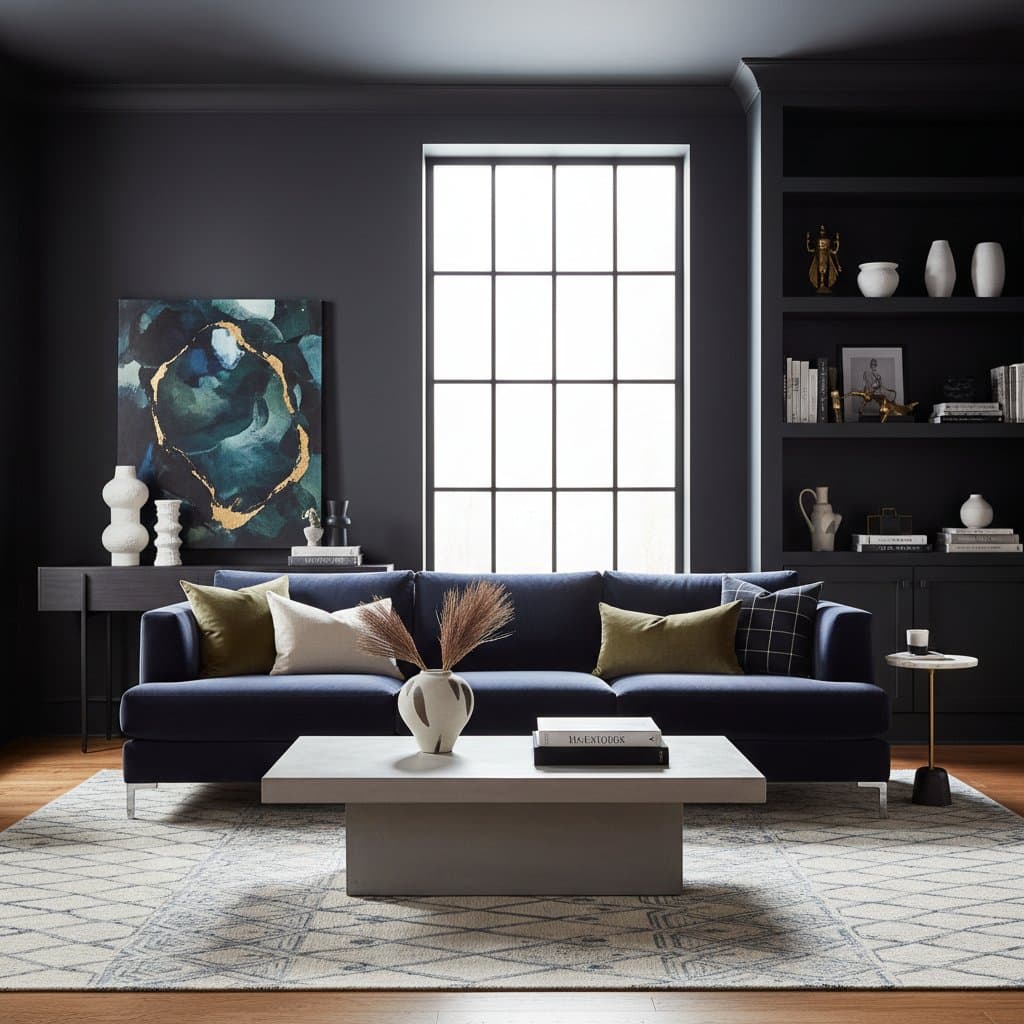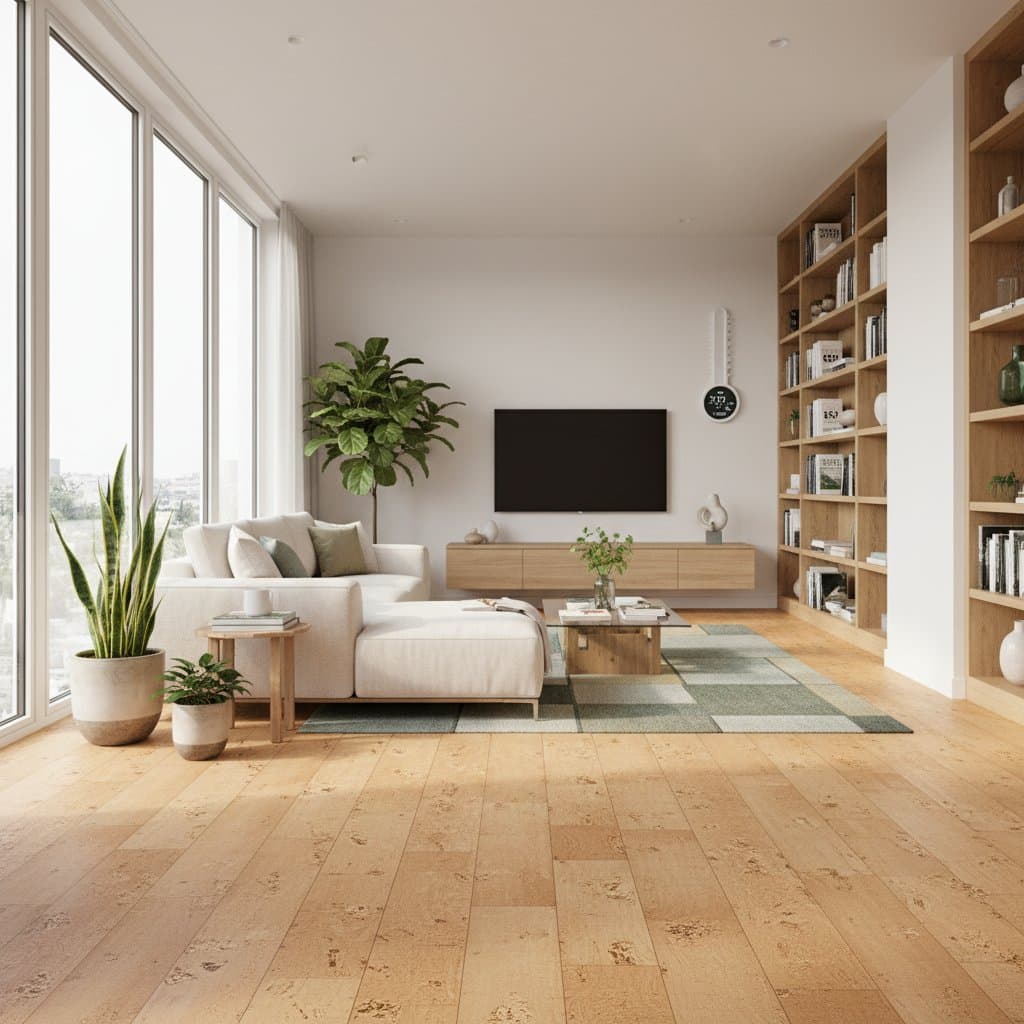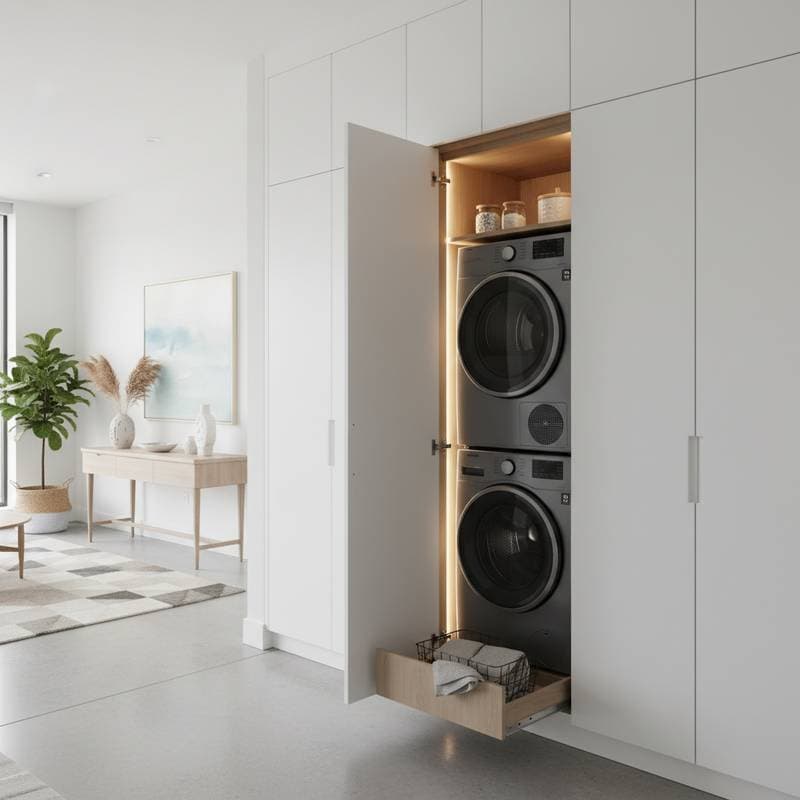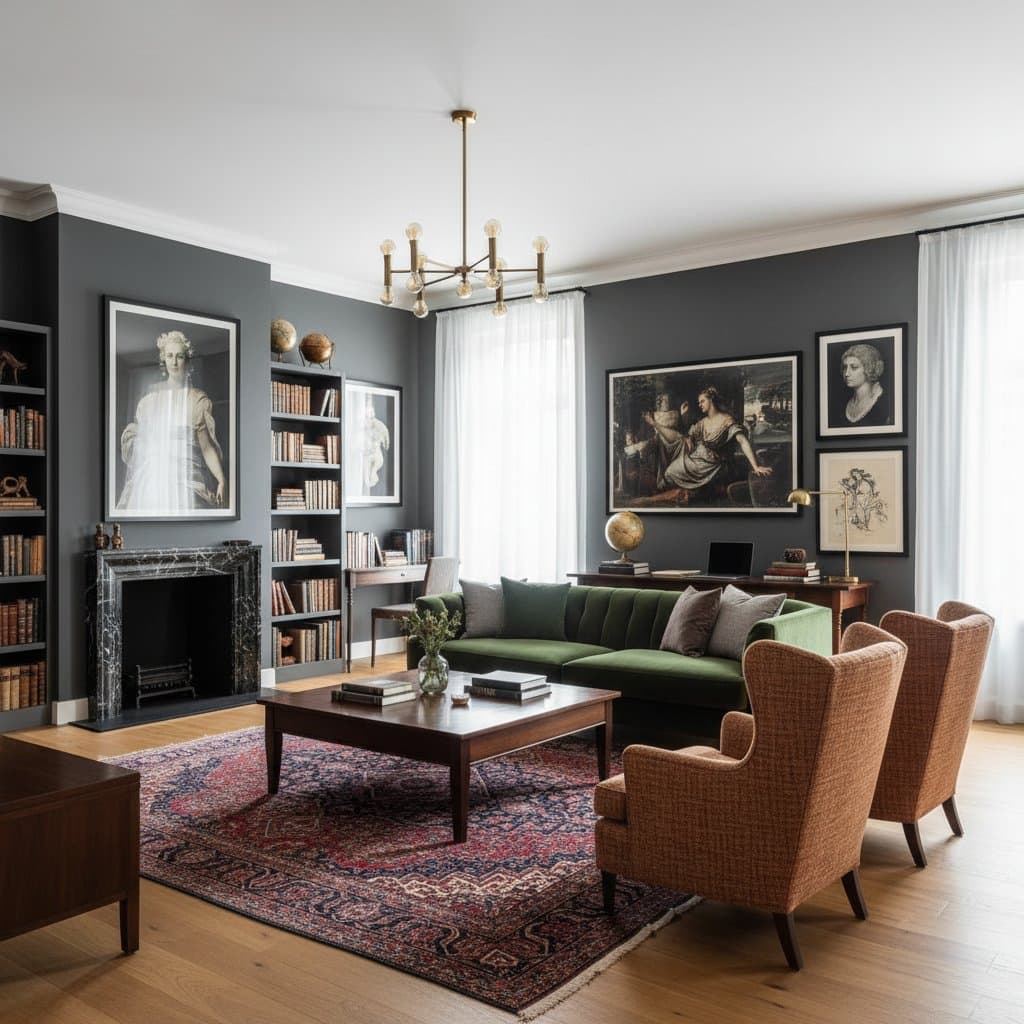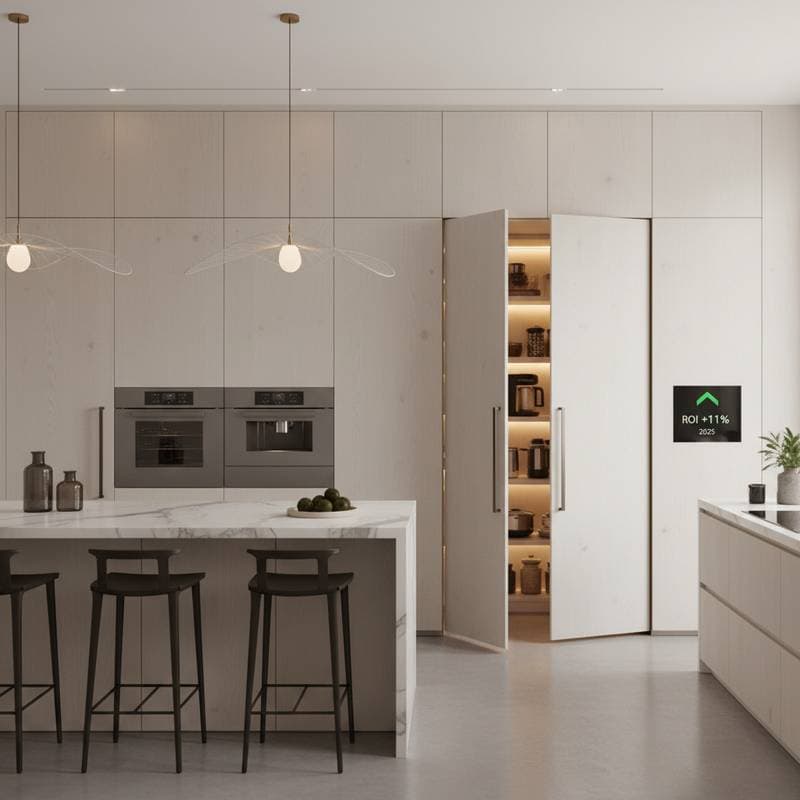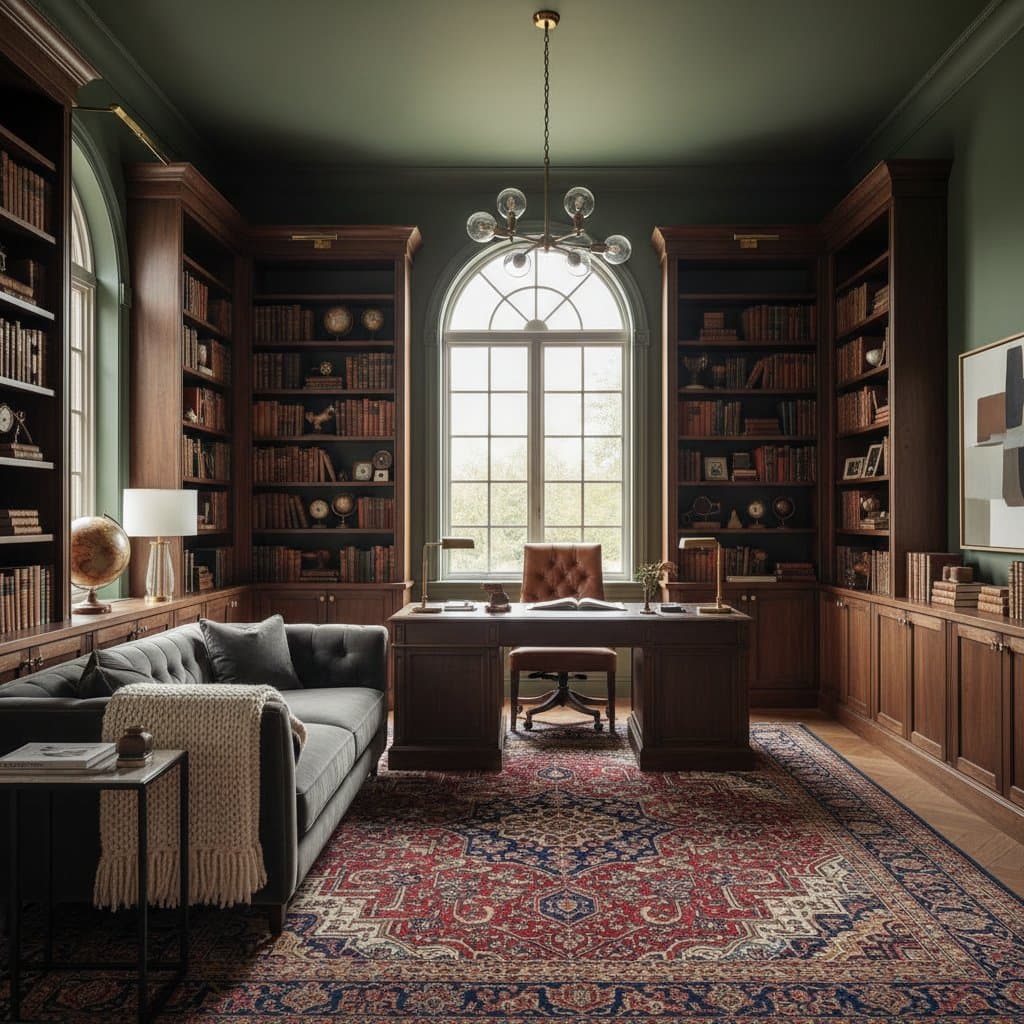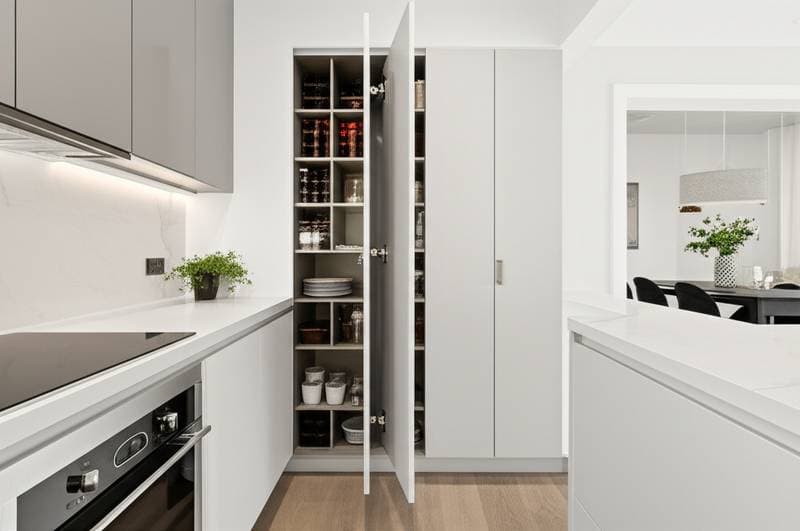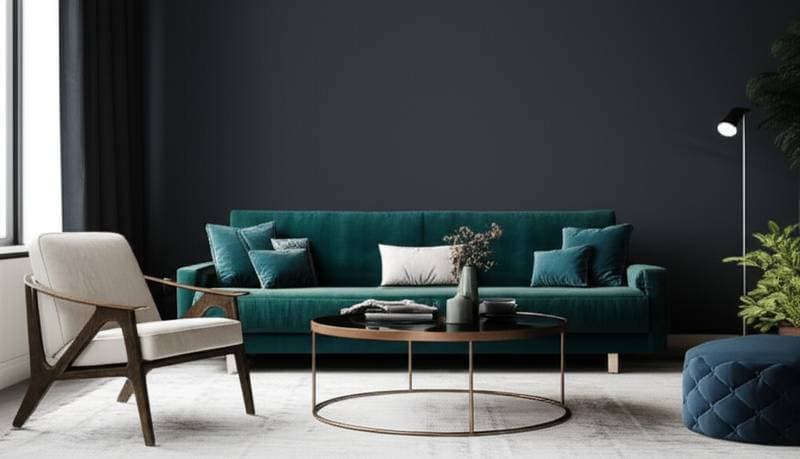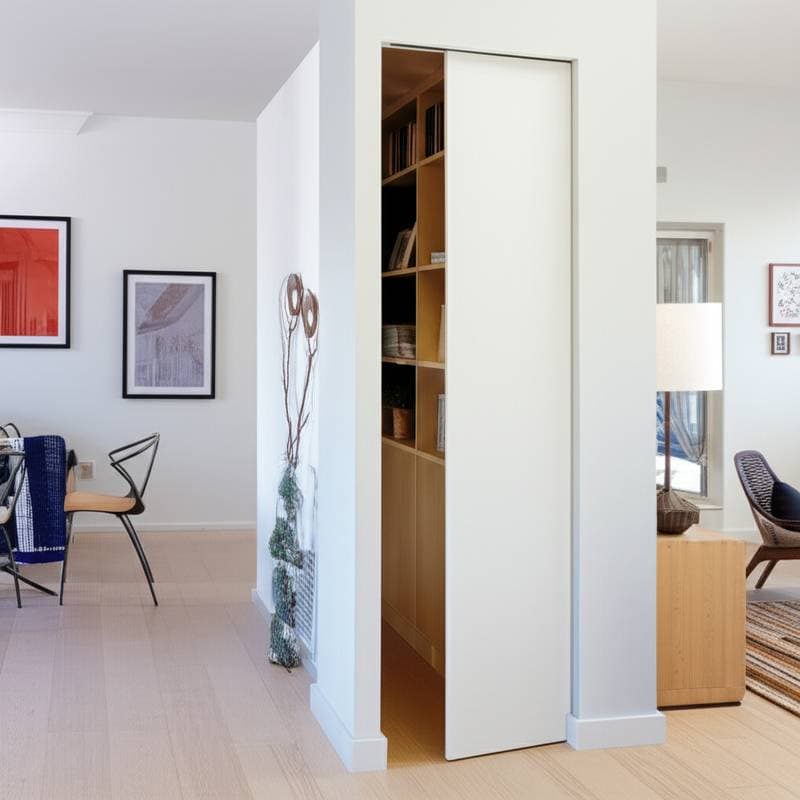Accelerate Home Sales by 15 Days with Moody Paint in 2025
Homes finished in moody paint tones typically sell approximately 15 days faster in 2025, with painting expenses averaging $200 to $800 per room. These deep, evocative shades transcend mere aesthetics; they create an atmosphere of depth, warmth, and upscale elegance that distinguishes properties in crowded real estate landscapes. Sellers who adopt this approach often observe heightened buyer interest, as the colors evoke emotional connections and perceptions of quality.
Moody paints, characterized by hues such as charcoal grays, navy blues, forest greens, and plush plums, absorb light in ways that enhance room intimacy without overwhelming spaces. Research from recent market analyses indicates that such finishes appeal to modern buyers seeking personalized, sophisticated environments over stark neutrals. By transforming ordinary interiors into memorable settings, these colors not only expedite sales but also potentially elevate offers by underscoring the home's unique character.
Key Cost Considerations for Moody Paint Projects
Understanding the financial aspects ensures sellers allocate budgets effectively while maximizing return on investment. Costs vary based on several interconnected factors, each influencing the overall expense and final appearance.
1. Paint Quality and Type
Premium paints deliver superior coverage, often requiring only two coats for even application, and provide enhanced durability against everyday wear. For moody finishes, select low-sheen options like matte or eggshell, which cost between $45 and $70 per gallon. These formulations maintain color vibrancy over time and minimize visible imperfections on walls.
2. Room Dimensions and Layout
Standard rooms measuring 12 by 12 feet generally require two gallons of paint, but larger or open-concept areas demand more, escalating expenses proportionally. Calculate needs by measuring square footage and adding 10 percent for waste or touch-ups. In expansive living areas, costs can double compared to compact bedrooms.
3. Preparation of Surfaces
Proper groundwork prevents costly errors. Inspect walls for cracks, holes, or uneven textures, then apply primer, patch imperfections, and sand smooth. Neglecting this step leads to patchy absorption, where darker paints highlight flaws. Allocate time and budget for these essentials to achieve a professional-grade result.
4. Labor Expenses
Hiring professionals incurs fees of $2 to $5 per square foot, covering application and cleanup. Projects involving accent walls prove more economical, as they utilize less material and labor. For full-room transformations, obtain multiple quotes to compare rates and services.
5. Lighting Interactions and Finish Choices
Moody colors interact uniquely with ambient light; flat finishes conceal surface irregularities but can dim rooms, while eggshell or satin variants bounce light to balance depth. Test samples in actual lighting conditions to ensure the hue enhances rather than overshadows the space. This consideration affects both aesthetic appeal and perceived room size.
Deciding Between DIY Application and Professional Services
Sellers must weigh personal skills, time constraints, and desired outcomes when choosing execution methods. Each option presents distinct advantages tailored to different scenarios.
Opt for DIY in These Situations
- Possess steady hands, ample patience, and essential equipment including rollers, drop cloths, brushes, trays, and stable ladders.
- Walls exhibit minimal damage and remain accessible without complex maneuvering.
- Comfortable managing ventilation, cleanup, and safe disposal of materials.
DIY approaches save on labor but demand careful planning to avoid mistakes that could delay listings.
Engage Professionals Under These Conditions
- Dealing with high ceilings, expansive rooms, or intricate architectural details.
- Facing tight listing deadlines that require swift, impeccable execution.
- Seeking specialized techniques such as limewashing for texture or low-VOC formulas for health-conscious environments.
Experts complete jobs in roughly half the anticipated time and frequently incorporate small repairs, delivering polished results that justify the investment.
Project Timelines and Strategies for Efficiency
Effective scheduling keeps disruptions minimal and aligns with market demands. Most rooms require 2 to 4 days, encompassing preparation, application, and drying periods. High humidity prolongs curing, potentially resulting in a lackluster sheen; schedule during drier seasons for optimal outcomes.
Anticipate price fluctuations, as paint costs often increase ahead of spring and summer selling peaks. Procure supplies in advance to lock in rates. Prioritize high-impact areas visible during showings, such as living rooms, kitchens, and primary suites, to concentrate efforts where they yield the greatest buyer impressions.
Reserve an additional 10 to 15 percent of the budget for unforeseen supplies, like extra primer or tools. This buffer accommodates adjustments without derailing the project timeline.
Long-Term Care and Protection for Moody Finishes
Dark paints demand routine attention to preserve their allure. Dust and marks become noticeable more quickly on these surfaces, so clean weekly with a lightly damp microfiber cloth. Reserve mild soap solutions for deeper cleans, applying gently to avoid residue buildup.
Reputable brands offer warranties spanning 5 to 10 years, provided application occurs on primed, moisture-free walls. Adhere to manufacturer guidelines during installation to activate full coverage. Steer clear of abrasive cleaners, which erode the finish and accelerate fading.
Regular upkeep not only extends the paint's lifespan but also maintains the home's market-ready condition post-sale, benefiting future owners.
Practical Steps to Implement Moody Paint Successfully
- Select a single room for initial testing, applying samples to evaluate performance under existing lighting and alongside furnishings.
- Choose a moody shade that harmonizes with flooring materials, trim colors, and overall decor scheme.
- Evaluate DIY feasibility against professional hiring, considering available time and expertise levels.
- Book services promptly to synchronize with listing preparations and avoid seasonal delays.
Moody paint represents a strategic enhancement that captivates buyers, fosters quicker decisions, and underscores a property's premium qualities. This investment delivers tangible advantages in a fast-paced market, turning visual appeal into accelerated transactions.

